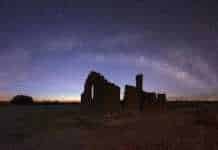UNESCO, which stands for United Nations, Educational, Scientific, and Cultural Organization, has chosen both natural and architectural wonders worldwide to be World Heritage Sites. They can be chosen for their historical significance, for their cultural importance, or for their beauty. If you are heading to Asia hoping to visit a World Heritage Site, you will be in luck as there are over 200 spread throughout the continent. There are ancient cities, palaces, monuments, temples, and natural wonders to be found, some well-known, others hidden gems. So, which are the best ones to visit? It can be difficult to decide but I have narrowed it down to my top 20.
Contents
- 20 Of The Most Amazing UNESCO World Heritage Sites In Asia
- 1- Taj Mahal, India
- 2- The Great Wall Of China
- 3- Angkor Temples Of Cambodia
- 4- Forbidden City, China
- 5- Golden Temple of Dambulla, Sri Lanka
- 6- Mount Fuji, Japan
- 7- The Rice Terraces Of The Philippine Cordilleras
- 8- Ha Long Bay, Vietnam
- 9- Prambanan Temple, Java
- 10- Potala Palace, Tibet
- 11- Borobudur Temple, Java
- 12- Vat Phou, Laos
- 13- Historic Monuments Of Ancient Kyoto
- 14- Historic Centre Of Bukhara, Uzbekistan
- 15- The Tropical Rainforest Heritage Of Sumatra
- 16- Singapore Botanic Garden
- 17- Lumbini, Nepal
- 18- Dazu Rock Carvings, China
- 19- The Hampi Monuments, India
- 20- Kumbhalgarh Fort, India
20 Of The Most Amazing UNESCO World Heritage Sites In Asia
1- Taj Mahal, India
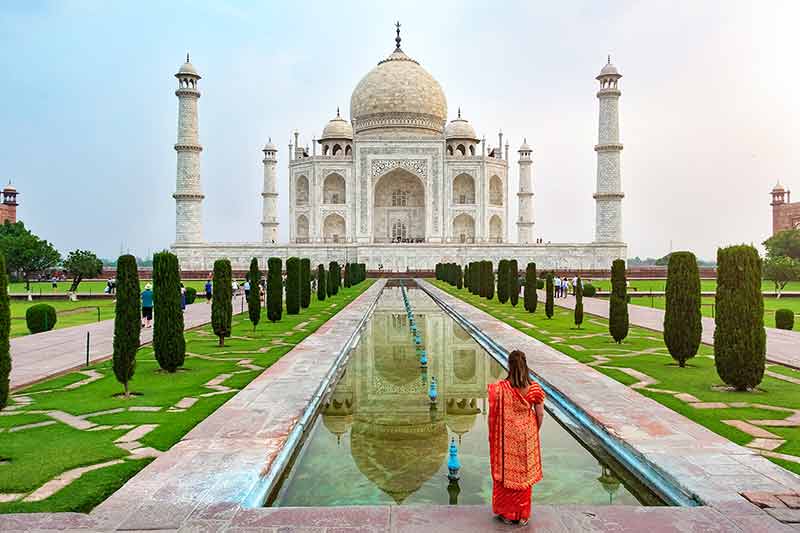
Designated a UNESCO World Heritage Site in 1983, the Taj Mahal is one of the most visited sites in Asia.
The name means ‘Crown of the Palace’ and it is a mausoleum built in the 17th century, taking over 20 years to build.
The Mughal Emperor Shah Jahan had it constructed for his wife, Mumtaz Mahal, and inside, their tombs are next to each other.
The Taj Mahal is a spectacular building which has been constructed from marble.
Materials were used on the outside so that the building reflects the sky.
Depending on the colour of the sky, the Taj Mahal appears to be different colours at different times of the day.
In the morning, it can be pearl pink, while at sunset, bronze-gold.
The building has a central dome surrounded by four smaller domes and inside, the walls are decorated with intricate carvings.
The gardens are vast and beautiful, filled with ornamental trees and fountains, as well as a reflecting pool in the centre.
Recommended tour: From Delhi: Taj Mahal & Agra Private Day Trip with Transfers
2- The Great Wall Of China
The Great Wall of China became a UNESCO World Heritage Site in 1978.
Building started in the 5th century, but it took many hundreds of years to complete.
Its official length is 21,196.18 km (13,170.7 miles) but a third is no longer there.
It varies in height from 5 – 8 metres (16 – 26 feet) and it is the longest wall in the world.
It is believed that The Great Wall of China was built to protect the country from enemies.
Materials used to build the wall included earth, stone, lime, and wood until the Ming Dynasty (1368 – 1644) when bricks were used.
It has watchtowers, fortresses, and shelters along the way, as well as sidewalls and parallel walls.
The Great Wall of China is the country’s most popular tourist attraction and attracts around 10 million visitors a year.
The most visited and best parts of the wall are around Beijing.
Recommended tour: From Beijing: Mutianyu Great Wall Bus Tour with Options
3- Angkor Temples Of Cambodia
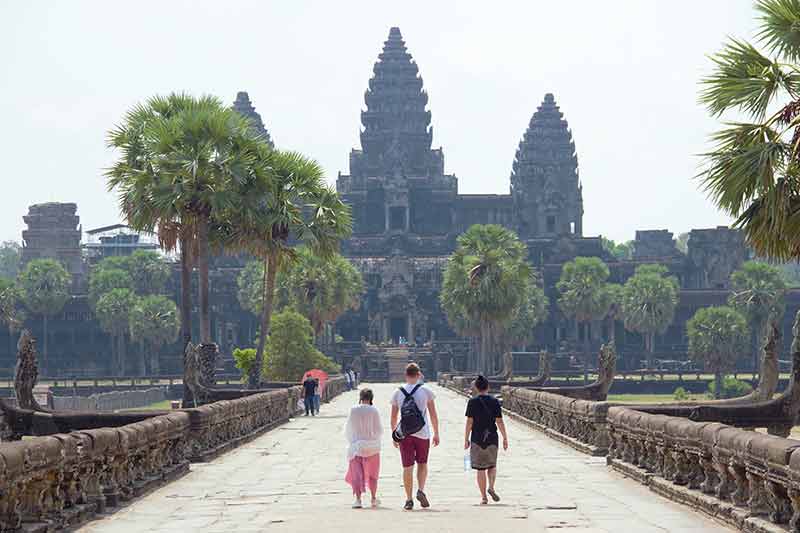
The Angkor Temples of Cambodia were designated a UNESCO World Heritage Site in 1992, and the site is also known as The City of Temples.
It is one of the largest groups of temples in the world.
Situated in the province of Siam Reap, the complex covers an area of 162 hectares (400 acres) and there are over 50 temples, but you probably wouldn’t manage to see them all in one day.
It is thought that the temples, which were built in the 12th century, were originally Hindu, but they later changed to Buddhist.
One of the highlights is the Angkor Wat Temple which is one of the largest religious buildings in the world and has spectacular domes and incredible bas-reliefs.
Recommended tour: Siem Reap: Angkor Wat: Small-Group Sunrise Tour
4- Forbidden City, China
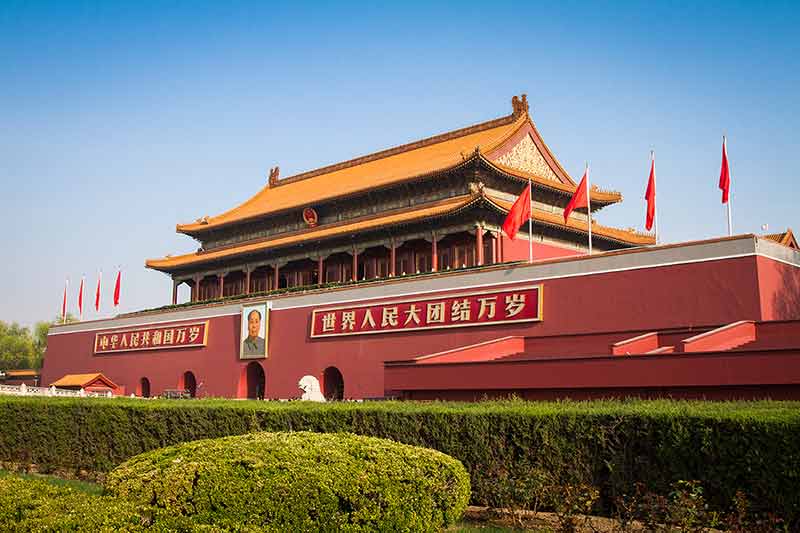
Designated a UNESCO World Heritage Site in 1987, the Forbidden City is in Beijing, north of Tiananmen Square.
It was called the Forbidden City because ordinary people were forbidden to enter.
It was lived in between 1420 and 1924 by a succession of Ming and Qing dynasties and is the largest imperial palace complex in the world, covering 72 hectares (180 acres).
The structures are made of wood and are some of the best-preserved wooden structures in the world.
There is a total of 980 buildings with more than 8,700 rooms.
They are intricately decorated, the main motifs being dragons and phoenixes.
Don’t miss visiting the Imperial Gardens which cover 7,000 meters 2 (75,347 feet 2).
They are beautifully landscaped with pavilions, walkways, rockeries and many ancient carbuncular cypresses.
Recommended tour: Beijing: Forbidden City Walking Tour with Entry Tickets
5- Golden Temple of Dambulla, Sri Lanka
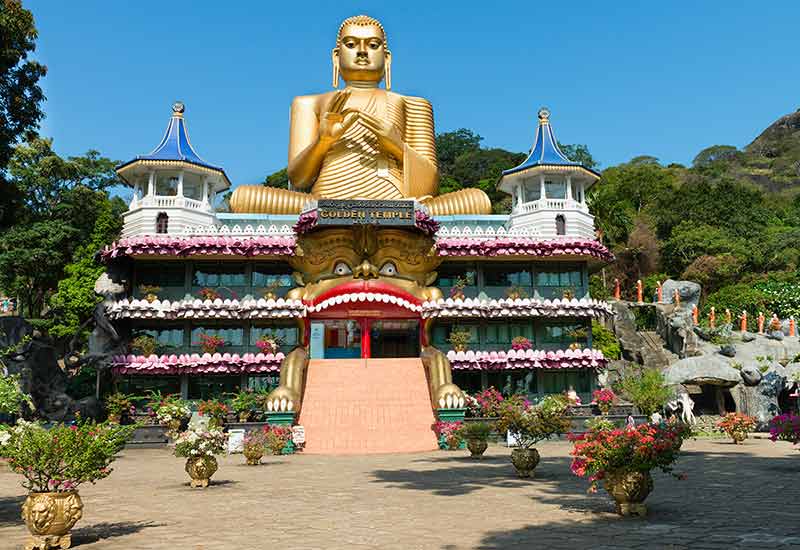
Dambulla is a cave-temple complex in Sri Lanka made up of five caves.
They are beautiful and unique and inside you will see 153 statues of Buddha, three Sri Lanka kings, and four gods and goddesses.
The walls and ceilings of the caves are painted with intricate designs.
Walking down from the caves, you will find an enormous Buddha called The Golden Temple and there is also a museum to explore.
The cave complex sits on a hanging rock about 150 metres high (492 feet), so it is a bit of a climb but worth it as the caves are spectacular.
You also get fantastic views, especially at sunset.
Dambulla was designated a UNESCO World Heritage Site in 1991.
Recommended tour: Dambulla: Caves Temple & Traditional Village Tour with Lunch
6- Mount Fuji, Japan
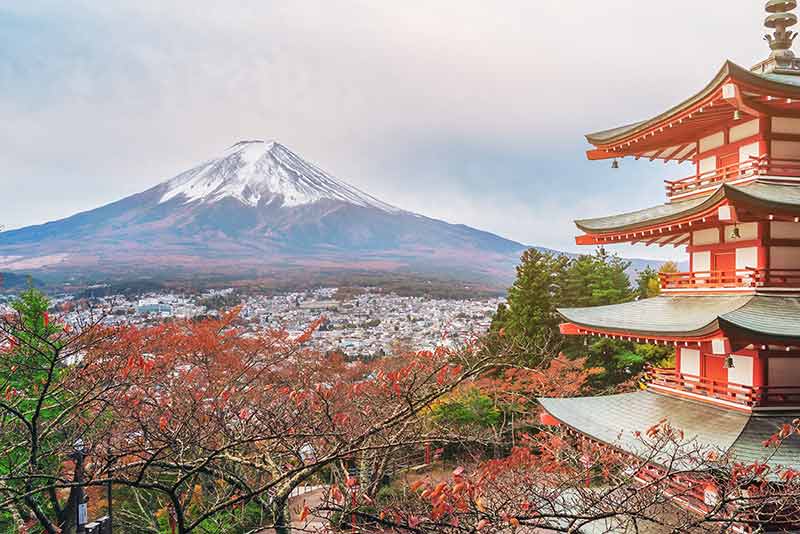
A UNESCO World Heritage since 2013, Mount Fuji is the highest mountain in Tokyo, 3776 metres (12,388 feet) above sea level.
It is south-west of Tokyo and on a clear day, it can be seen from the city.
It is famous because of its volcanic activity and, having last erupted in 1707, it is still considered active.
It is made up of a series of overlapping volcanoes, the top two being known as Ko Fuji (Old Fuji) and Shin Fuji (Young Fuji).
Mount Fuji is considered to be the sacred symbol of Japan and every summer, many people climb to the shrine on its peak to pay their respects.
Recommended tour: From Tokyo: Mount Fuji Full-Day Sightseeing Trip
7- The Rice Terraces Of The Philippine Cordilleras
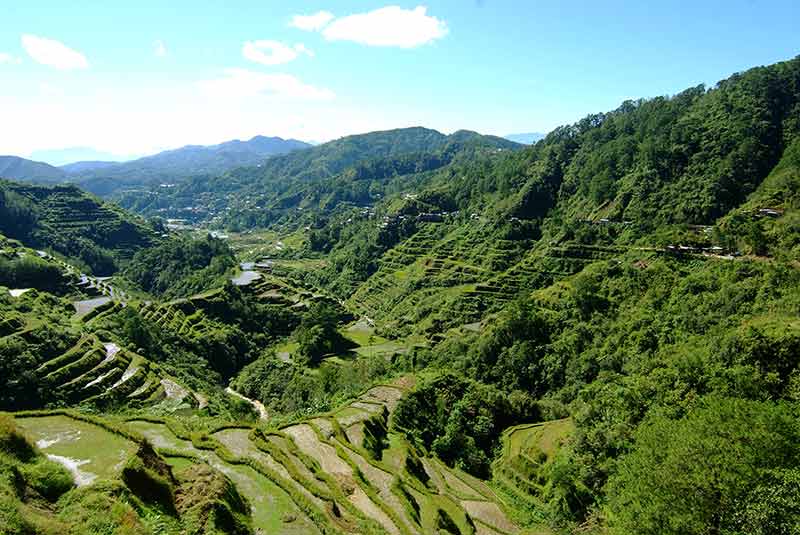
Designated a UNESCO World Heritage Site in 1995, these rice terraces were carved into the side of a mountain 2,000 years ago by the Ifugao people and are still in use today.
They are located on the island of Luzon in the Philippines.
The mud and stone rice terraces were created using advanced systems for the time and by using water from the mountains.
This knowledge has been passed down from generation to generation and even now the whole community is involved in the planting, pest control, and harvesting of the rice.
Interestingly, the Ifugao people place rice deities throughout the terraces to ward off evil spirits and the sequence of producing the rice is linked to lunar cycles.
Recommended tour: From Manila: 4-Day Sagada and Banaue Rice Terraces Tour
8- Ha Long Bay, Vietnam
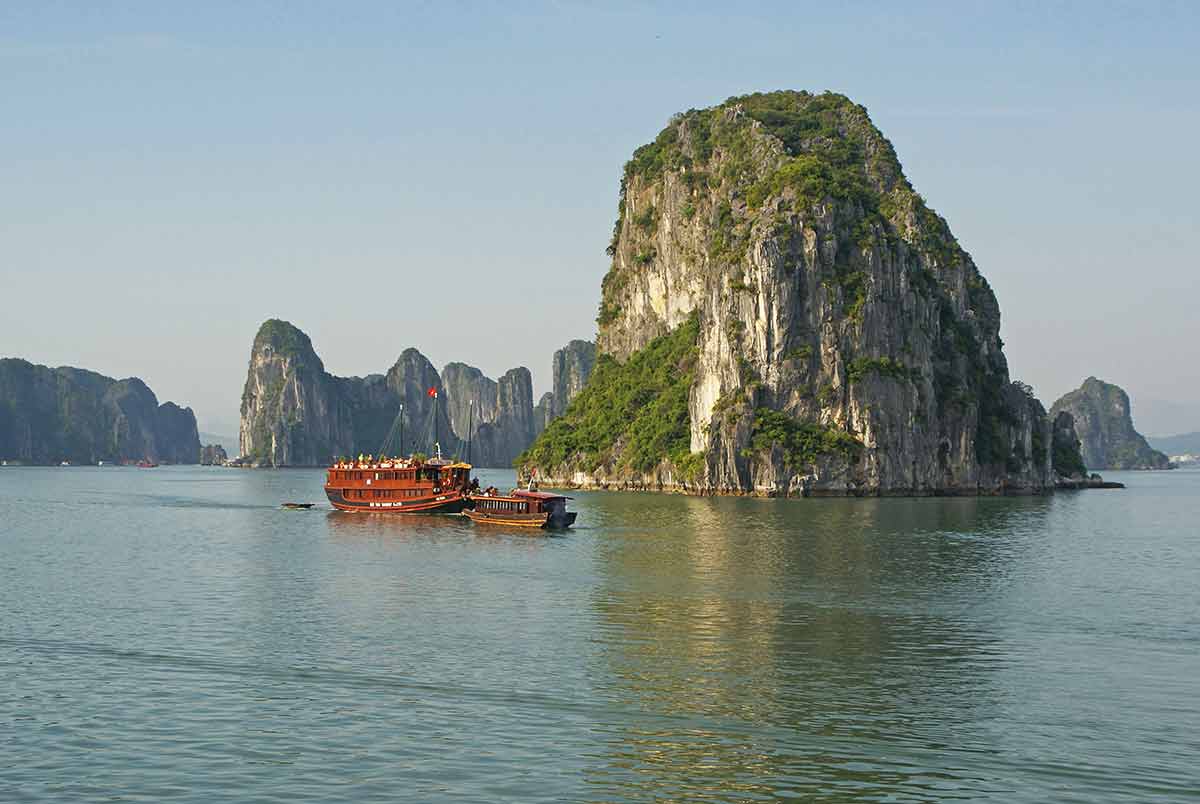
Ha Long Bay, designated a UNESCO World Heritage Site in 1994, covers a massive 65,650 hectares (162,224 acres) and includes 1,133 islands and islets made of karst limestone.
These islands date back 250 – 280 million years and is one of the most famous sites Vietnam is known for.
An exciting way to explore the bay is by cruise boat which will take you to different islands where you can visit secluded beaches and hike to beautiful cave systems.
The caves on Cat Ba Island are spectacular, many having stalactites and stalagmites.
The most interesting cave is the Hospital Cave where soldiers sheltered during the Vietnam War.
Recommended tour: 3 Day Hanoi – Ninh Binh – Halong Bay 5 Star Cruise & Balcony
9- Prambanan Temple, Java
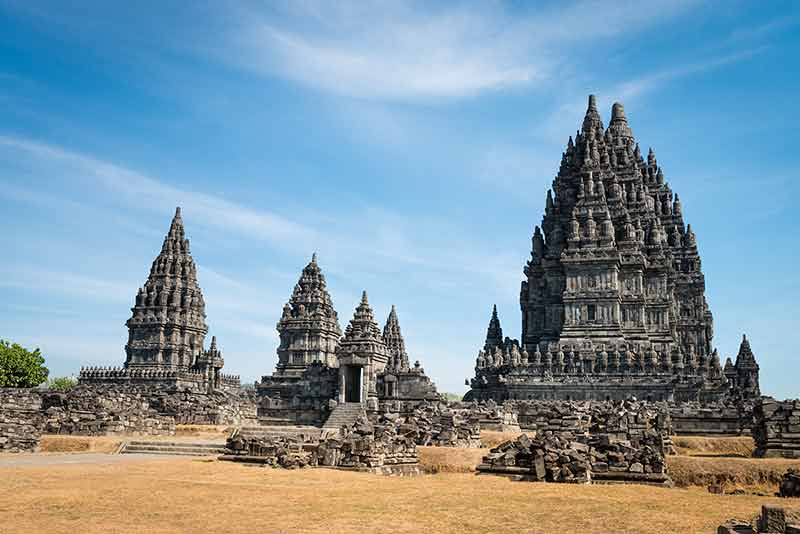
Prambanan Temple has been a UNESCO World Heritage Site since 1991.
It is the largest Hindu temple in Java and was built in the 9th century.
There are 240 temples in the main temple complex so be prepared to do a lot of walking when you visit.
You can’t go into many of the temples unfortunately, but you can still appreciate them from the outside.
The main temple complex is built like a mandala with three levels, the bottom level for mortals, the second level for holy people, and the top for the gods.
Admire the sheer size of the temples and the intricate carvings adorning them.
Surrounding the main temple complex are Buddhist temples.
Some let visitors climb the temple stairs and walk along the balconies.
Recommended tour: Prambanan Temple Afternoon Tour
10- Potala Palace, Tibet
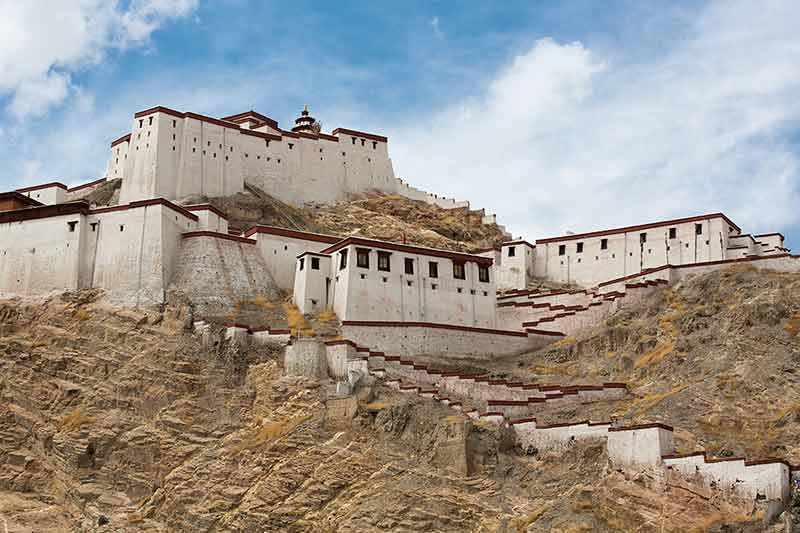
The Buddhist Potala Palace is the highest palace in the world, standing at a height of 3,750 metres (12,300 feet) above sea level.
It is located in Lhasa, the capital of Tibet, and the palace is divided into two parts.
The oldest section is the Red Palace which Emperor Songsten Gampo commissioned in the 7th century.
The fifth Dalai Lama commissioned the White Palace in the 17th century, with extensions made during the past three centuries.
The palace was used as the winter home of the Dalai Lama until 1959 but now it isn’t occupied and has become a museum.
The palace was made of stone and wood and the two main colours used were red and white, red symbolising dignity and wisdom and white purity and knowledge.
The Red Palace has stunning gold roofs.
The inside of the palace is spectacular and has 1,000 rooms filled with murals, painted scrolls, and Buddha statues.
The Potala Palace became a UNESCO World Heritage Site in 1994.
Recommended tour: Tibet 4-day Lhasa City Private Trip
11- Borobudur Temple, Java
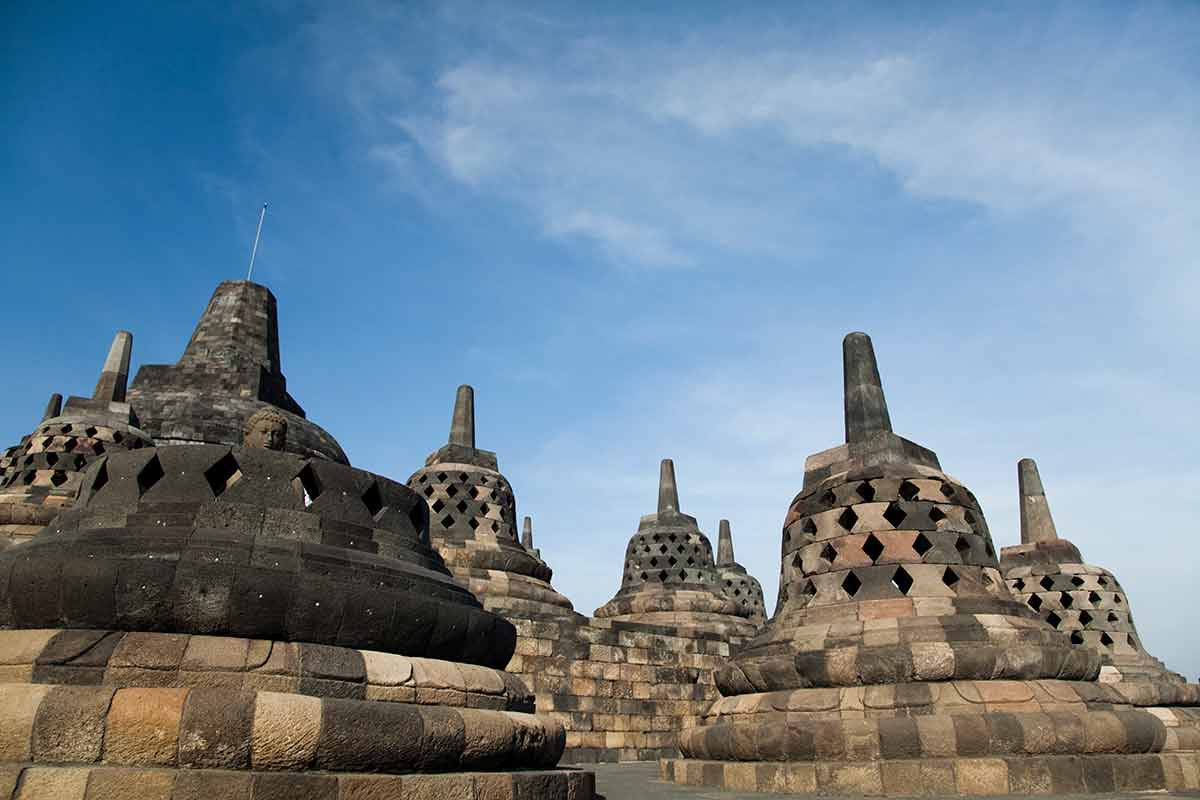
In contrast to Prambanan, Borobudur in Java is Buddhist and is the largest Buddhist temple in the world.
It dates back to the Shailendra Empire and was built in the 9th century.
It became a UNESCO World Heritage Site in 1991 and has an impressive building, constructed out of volcanic stone.
When you look at it, it looks like a stepped pyramid with three levels.
The bottom level is a square base, there are five square terraces in the middle, and on the top, there are three circular terraces.
Steep stairs take you to each level.
The wells of the palace are covered with beautiful carvings depicting the life of Buddha and the doctrines he advocated.
Throughout the temple, you will find more than 500 statues of Buddha.
Recommended tour: Yogyakarta: Borobudur and Prambanan Temple Tour with Climb
12- Vat Phou, Laos
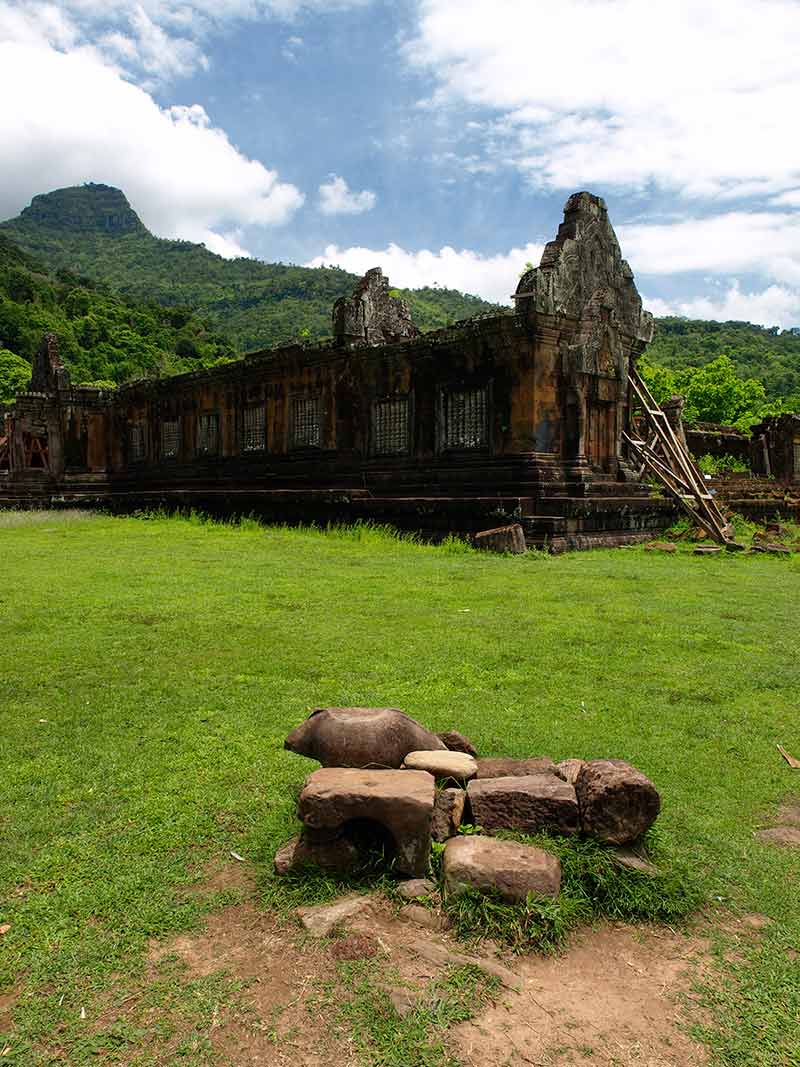
Lying at the base of the mountain, Phou Khao, Vat Phou is a Khmer-Hindu temple, originally built in the 6th century, making it one of the oldest places of worship in southeast Asia.
However, most of what you see today was constructed in the 12th century.
The temple was built to worship the Hindu god, Shiva, but there are also images of Buddha in front of the shrine indicating that Hinduism and Buddhism existed side by side.
The shrine is flanked by two palatial structures which remind you of Angkor Wat.
Only the walls remain but they still have beautifully decorated windows and beams, with images of Hindu gods.
The outside of the shrine has succumbed to the weather over time but you can still see scenes depicting the life of Shiva.
Vat Phou was designated a UNESCO World Heritage Site in 2001.
Recommended tour: Luang Prabang: Private Must-See Sights and Mount Phousi Tour
13- Historic Monuments Of Ancient Kyoto
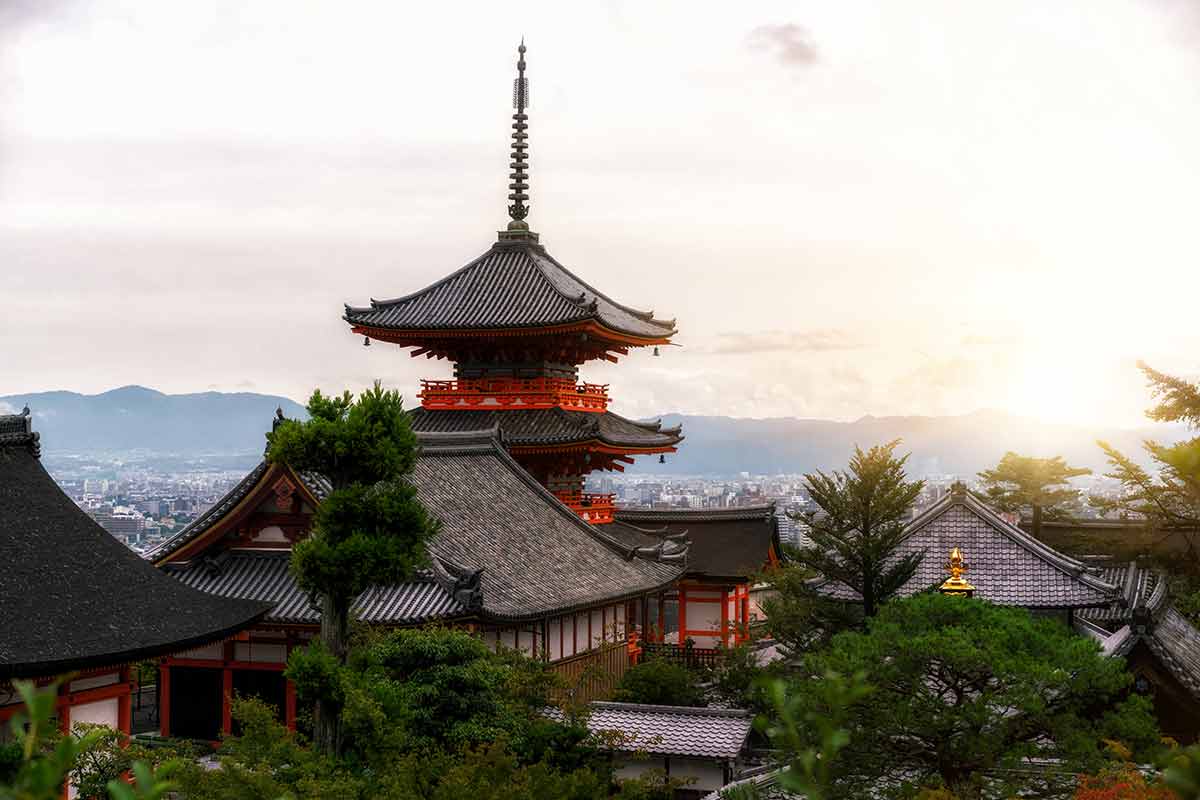
A UNESCO World Heritage Site since 1994, Kyoto was the capital of Japan for more than 1,000 years.
There are 17 monuments throughout the city and in the cities of Uji and Otsu close by.
They were constructed at different times throughout history ranging from the 6th century until the 17th, each building showcasing the era when it was built.
Because they are spread out, you might not get to see them all but there are some highlights you should attempt to visit.
One of these is the enormous Kiyomizu-dera Temple which has a wooden stage above the treetops and overlooks streams.
The translation of the name is ‘pure water temple’.
The Kinkaku-ji monument is called the golden pavilion as the facade is covered in gold.
To-ji Temple is a beautiful Buddhist temple with a pagoda and images of Buddha.
Recommended tour: Kyoto: Full-Day Best UNESCO and Historical Sites Bus Tour
14- Historic Centre Of Bukhara, Uzbekistan
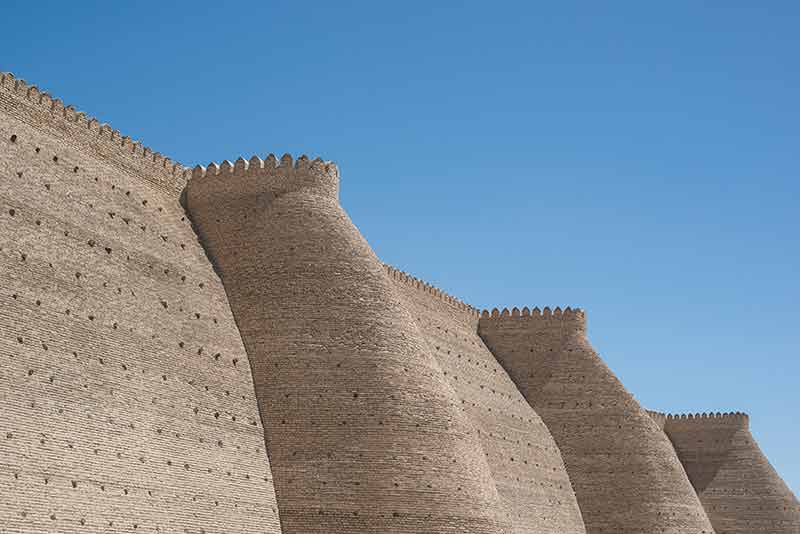
Designated a UNESCO World Heritage Site in 1993, Bukhara is on the Silk Route and dates back 2,000 years.
Despite its age, it is remarkably well-preserved.
However, some of the best architecture comes from around the 10th century.
The buildings were built for the Muslim religion and you will be able to see the Ismail Samanai tomb, the oldest funerary building in Central Asia.
Other highlights include the Poi-Kalyan minaret, built in the 11th century as well as some 17th century buildings such as the Magoki-Attori mosque and the spectacular Abdulaziz-Khan medresseh, an institution set up for studying Islam.
You will be amazed by the craftsmanship that has gone into creating all these buildings.
Recommended tour: Best of Bukhara: All Day Private Old Town Tour
15- The Tropical Rainforest Heritage Of Sumatra
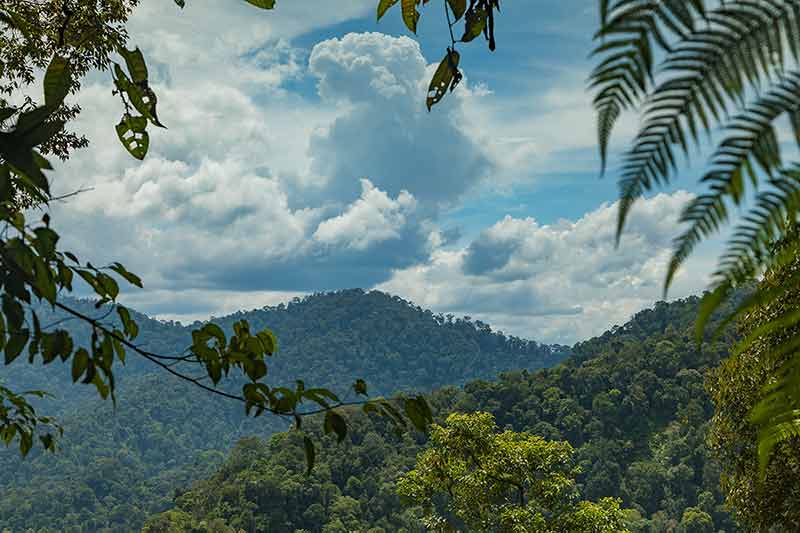
The Tropical Rainforest Heritage of Sumatra, a UNESCO World Heritage Site since 2004, is made up of three national parks on the Indonesian island of Sumatra, Gunung Leuser, Kerinci Seblat, and Bukit Barisan.
It has astounding features including the highest volcano in Indonesia, Gunung Kerinci, which is at a height of 3,805 metres (12,483 feet).
Flora and fauna are proficient here with 10,000 species of plants, 201 mammals, and 580 species of birds.
Mammals include the endangered Sumatran tiger, rhino, elephant, and the Malaysian sun-bear.
Recommended tour: Orangutan Tour: Jungle Trekking in Sumatra
16- Singapore Botanic Garden
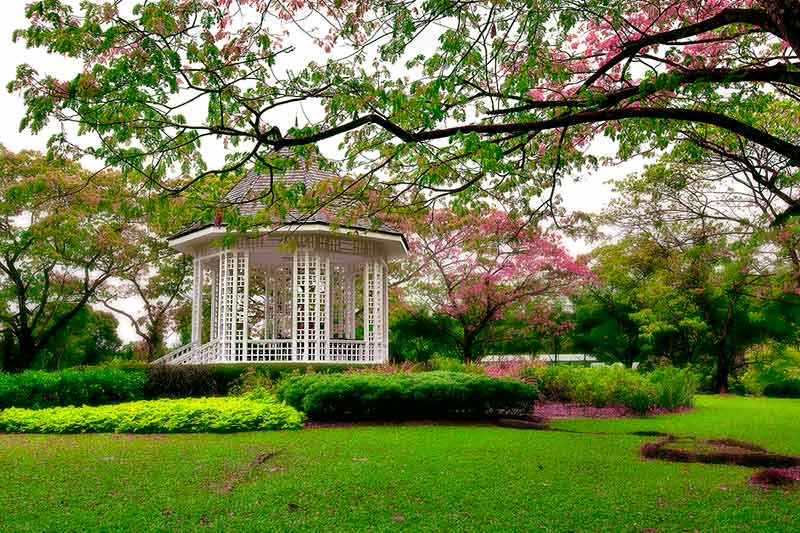
The Singapore Botanic Garden was the first botanic garden to be designated a UNESCO World Heritage Site.
This was in 2015, but the garden was established in 1851.
It covers 74 hectares (182.85 acres) and showcases around 10,000 types of plants including the national flower of Singapore, the Vanda Miss Joaquim.
There are some spectacular gardens to visit within the grounds including the National Orchid Garden, the Children’s Garden with a farm, orchard and forest, and the ginger garden with a wide variety of ginger plants.
There is also a museum and the spectacular Walk of the Giants, a 280-metre (853-foot) long boardwalk 8 metres (26 feet) above ground where you can enjoy views above the treetops.
Recommended tour: Botanic Gardens & Tiong Bahru Walking Tour with Breakfast
17- Lumbini, Nepal
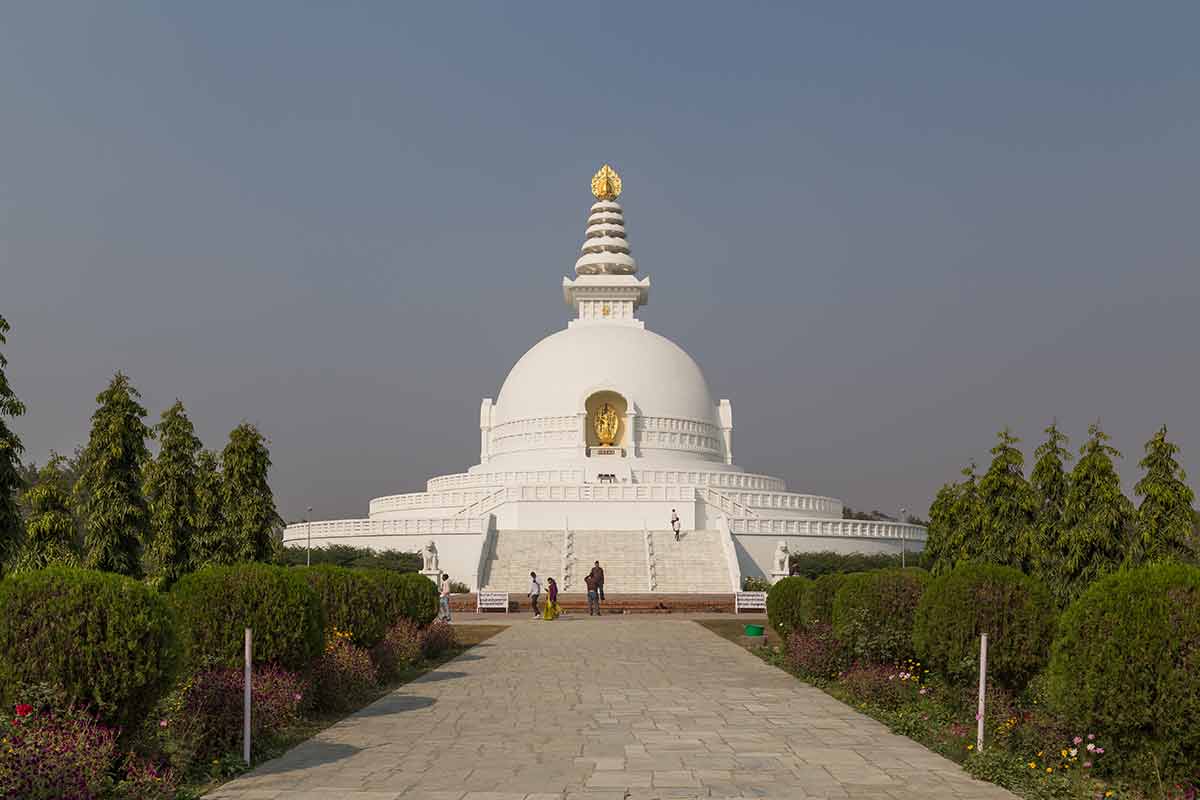
Lumbini In Nepal was recognised as a UNESCO world Heritage Site in 1997 and is believed to be the birthplace of Prince Siddhartha in 623 BC who became Buddha.
It is an important pilgrimage site visited by many to this day. It has a central temple called Mayedevi which is surrounded by a beautiful sacred garden.
There is a water feature, believed to be where Buddha had his purification bath and prayer flags hang from the branches.
However, this is not all to be found at the site.
There is a total of 30 monasteries as well as meditation centres and landscaped parks.
Recommended tour: Lumbini : Full Day Guided Tour By Car
18- Dazu Rock Carvings, China
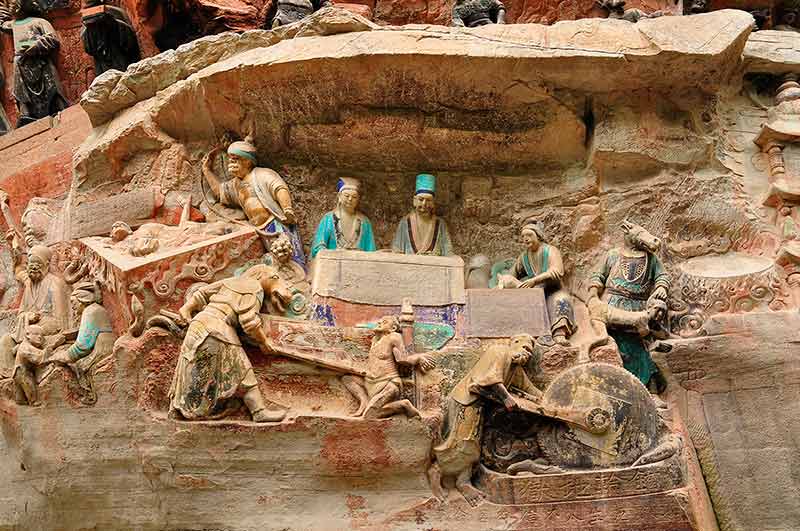
A UNESCO World Heritage Site since 1999, this is a collection of religious sculptures and carvings which date back to the Tang Dynasty (618 – 907) and the Song Dynasty (960 – 1279) with most created during the Song Dynasty.
The site will overwhelm you with over 50,000 statues and more than 100,000 inscriptions carved in stone.
They are mainly Buddhist but there are some Taoist and Confucian beliefs represented.
Most are found on steep cliffs and show great artistic skill.
They have not only been created with religious themes but there are also images of everyday life as well as portraits.
Recommended tour: Chongqing: Dazu Rock Carvings Private Transfer or Tour
19- The Hampi Monuments, India
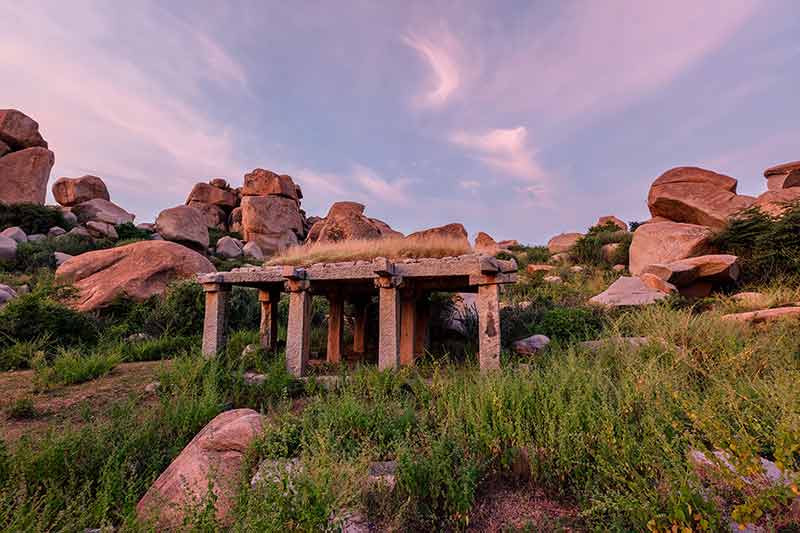
The Hampi Monuments are located on the site of the last capital of the Hindu kingdom of Vijayanagar.
It covers 4,187.24 hectares (10,346 acres) and is where the princes of the time built temples and palaces in the 15th century.
When the Muslims conquered the region in 1565, the city was pillaged and abandoned but there are still over 1600 buildings remaining, albeit some of them in ruins.
You will be able to see forts, temples, shrines, memorials, and stables.
Highlights include the Virupaksha Temple, one of the oldest temples in India, and the Vijaya Vittala Temple complex which has a magnificently carved stone chariot standing at its entrance.
It was designated a UNESCO World heritage Site in 1986.
Recommended tour: Discover Best of Hampi (Full Day Tour by Car from Hosapete)
20- Kumbhalgarh Fort, India
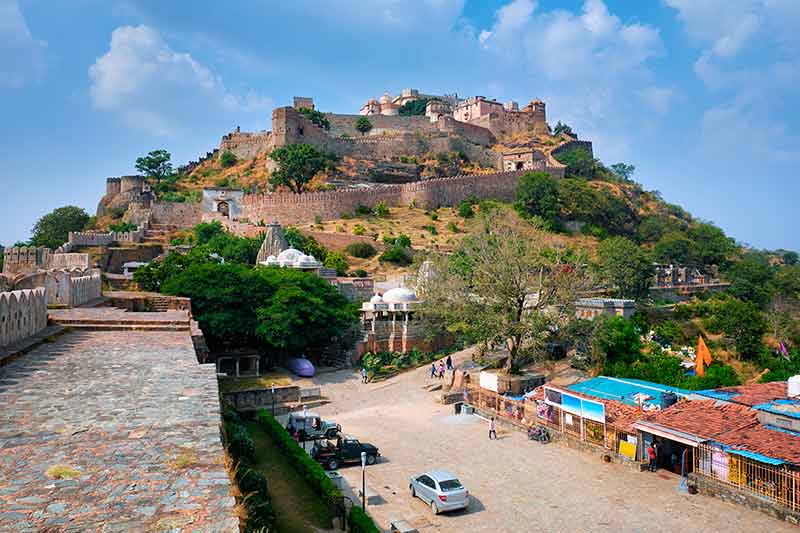
This fortress, designated a UNESCO World Heritage Site in 2013, is located in the state of Rajasthan.
It is surrounded by enormous walls measuring 36 km (922.36 miles), the second longest wall after the Great Wall of China.
Situated on a hill it offers magnificent views. Here you will find several palaces, including the Badal Mahal which has some beautiful carvings and the Kumbha Palace with magnificent halls and lovely courtyards.
The Neelakanta Mahadeva Temple houses fantastic sculptures and carvings.
Recommended tour: Private Day Tour to Kumbhalgarh Fort & Ranakpur Jain Temple
For more UNESCO World Heritage sites read:
- 20 UNESCO World Heritage Sites To See Before You Die!
- 20 UNESCO World Heritage Sites In USA
- 20 UNESCO World Heritage Sites In Europe
- 20 UNESCO World Heritage Sites In Asia
- 20 UNESCO World Heritage Sites In South America
- 20 UNESCO World Heritage Sites In Mexico
Plan Your Trip

Rent A Car – Find the best car rental rates at Discover Cars. They compare car hire companies to provide you with the best deal right now.

Find A Hotel – If you’re curious about this article and are looking for somewhere to stay, take a look at these amazing hotels.


